104-Year-Old RAF Pilot Who Was Afraid of Heights Recalls D-Day
Harry Garthwaite, a 104-year-old RAF veteran, recently shared his remarkable experiences during the D-Day landings. Despite his fear of heights, Harry played a crucial role in this historic event.
His story is both inspiring and unique, highlighting his contributions to one of history’s most significant military operations.
Early Life and Enlistment
Harry Garthwaite was born in 1919 in Birmingham. He joined the Royal Air Force during World War II, where he trained as a pilot despite his fear of heights.

Source: Public Domain/Wikimedia Commons
This fear would later become a fascinating aspect of his wartime experiences.
Role in D-Day Preparations
In 1944, as part of the Second Tactical Air Force 84 Group, Harry was stationed at Hawkinge aerodrome.
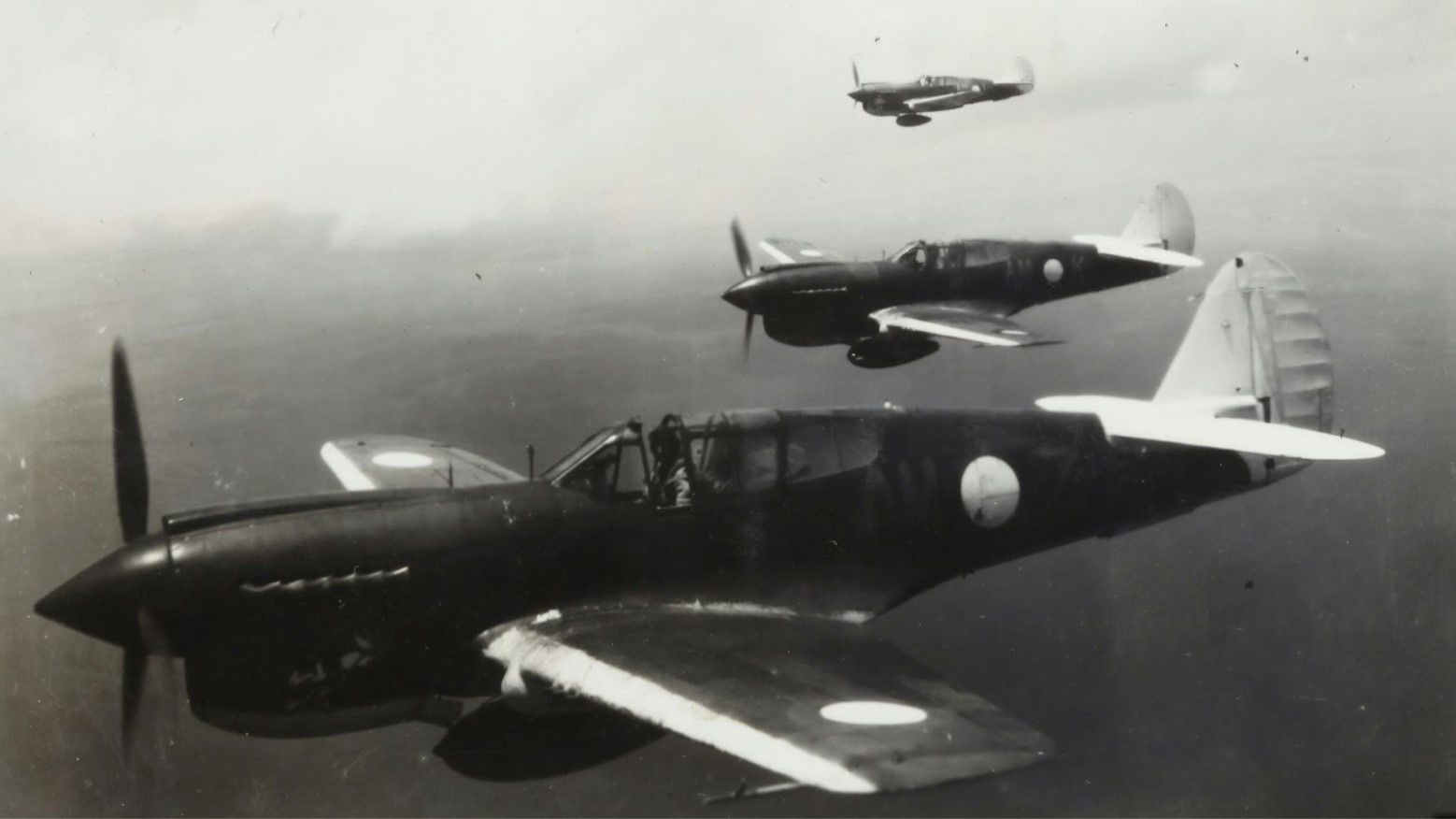
Source: Museums Victoria/Unsplash
The preparations for D-Day were intense, with the airfield bustling with activity and personnel. Due to overcrowding, Harry and others were relocated to Folkestone.
D-Day Mission
On June 6, 1944, the day of the invasion, Harry’s mission was to fly senior military personnel to airfields near key strategic points in Normandy.

Source: U.S. Department of Defense/Wikimedia Commons
He recalled seeing “thousands of army men being launched towards France in sky tugs and gliders,” a sight that remains vivid in his memory.
Transporting Officers
Harry’s flights involved shuttling high-ranking officers, from lieutenant colonels to generals, to various airfields. One memorable moment was when an officer asked him to cut his engines to hear a tannoy announcement that the invasion was proceeding as planned.
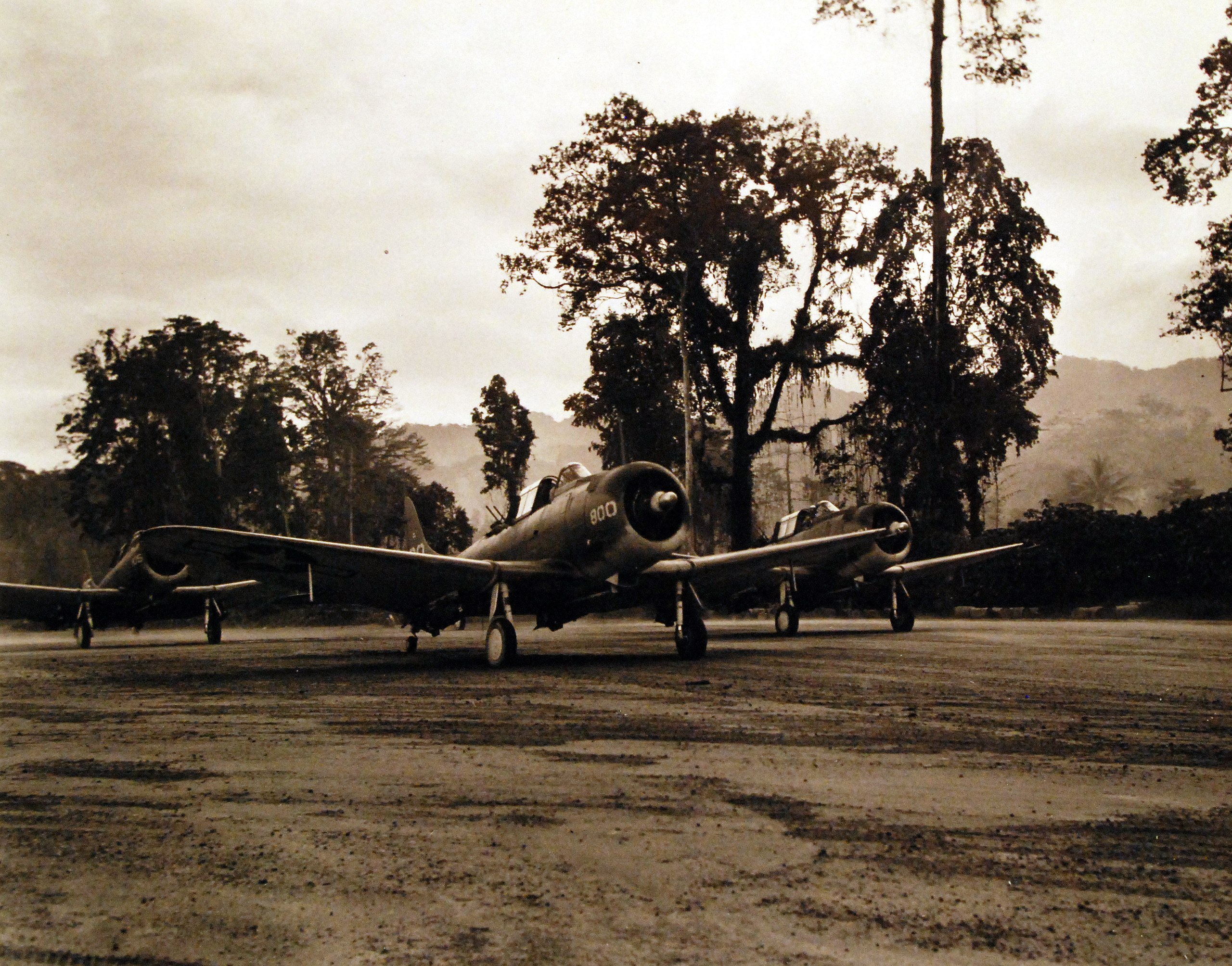
Source: Paul Dorsey/Wikimedia
“We were starting to taxi out when the tannoy on the aerodrome went,” he said. One of the officers tapped me on the shoulder and said, ‘Cut your engines, please. I’d like to hear this announcement.’ It was saying that the invasion had taken place and the landing had been achieved and everything was going satisfactorily.”
Bringing Back the Wounded
In addition to transporting officers, Harry also flew back wounded soldiers to waiting ambulances in Sussex.

Source: U.S. Marine Corps/Wikimedia
He praised the Royal Engineers for their efficient construction of makeshift landing strips, which were crucial for these operations.
Overcoming Fear of Heights
Despite his fear of heights, Harry found solace in flying.
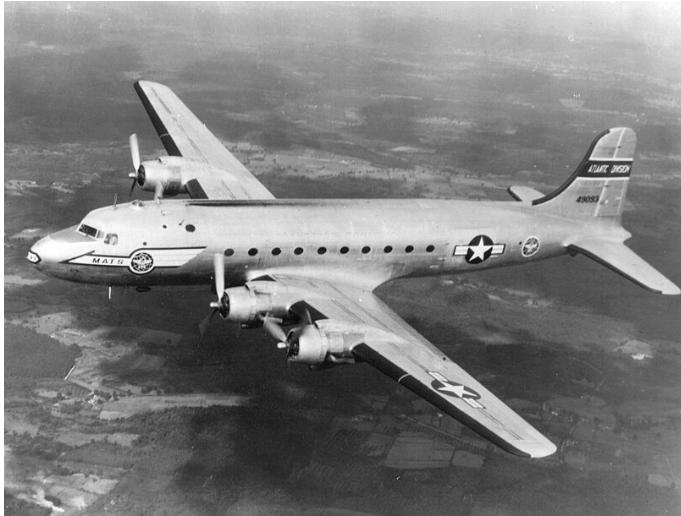
Source: Alaniaris/Wikipedia
He said, “There’s a funny thing because I can’t stand heights. I’m terrified on the top of the ladder.” Yet, flying never worried him as long as the plane was moving.
Post-War Life and Demobilization
After the war, Harry was released from the armed forces in December 1945. He had flown 23 different aircraft and clocked over 2,231 flight hours, with 517 hours being operational.
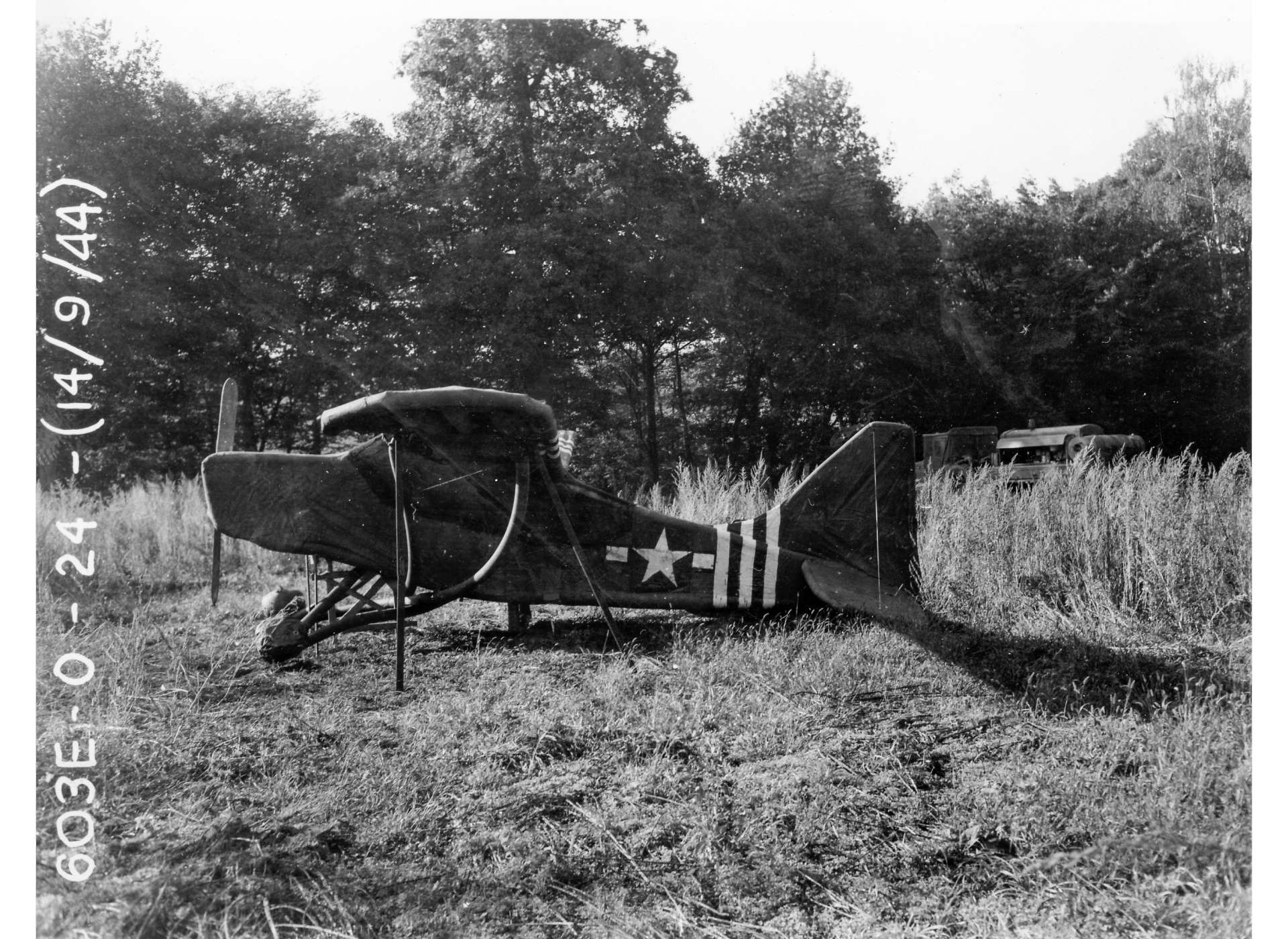
Source: U.S. National Archives
His post-war life took a challenging turn when he lost his sight to macular degeneration.
Support from Blind Veterans UK
Feeling “completely lost” after losing his sight, Harry turned to Blind Veterans UK.

Source: Blind Veterans UK
The charity provided him with a CCTV magnifier, which enabled him to read again. His story is part of a campaign to commemorate the 80th anniversary of Operation Overlord.
Campaign Recognition
Harry’s story, along with those of 15 other veterans, is featured on large digital screens in London and Portsmouth. This campaign by Blind Veterans UK honors their contributions and sacrifices during D-Day, ensuring their stories are not forgotten.

Source: U.S. Department of Defense/Wikimedia Commons
Other stories include those of Peggy — a linguist and code breaker for the Royal Navy — and Thomas — a veteran who served on the biggest barge on the Thames, which was referred to as a “floating bomb.”
Quotes and Reflections
Reflecting on his experiences, Harry shared, “The first flight I took never worried me. As long as the plane’s moving, I’m moving.”
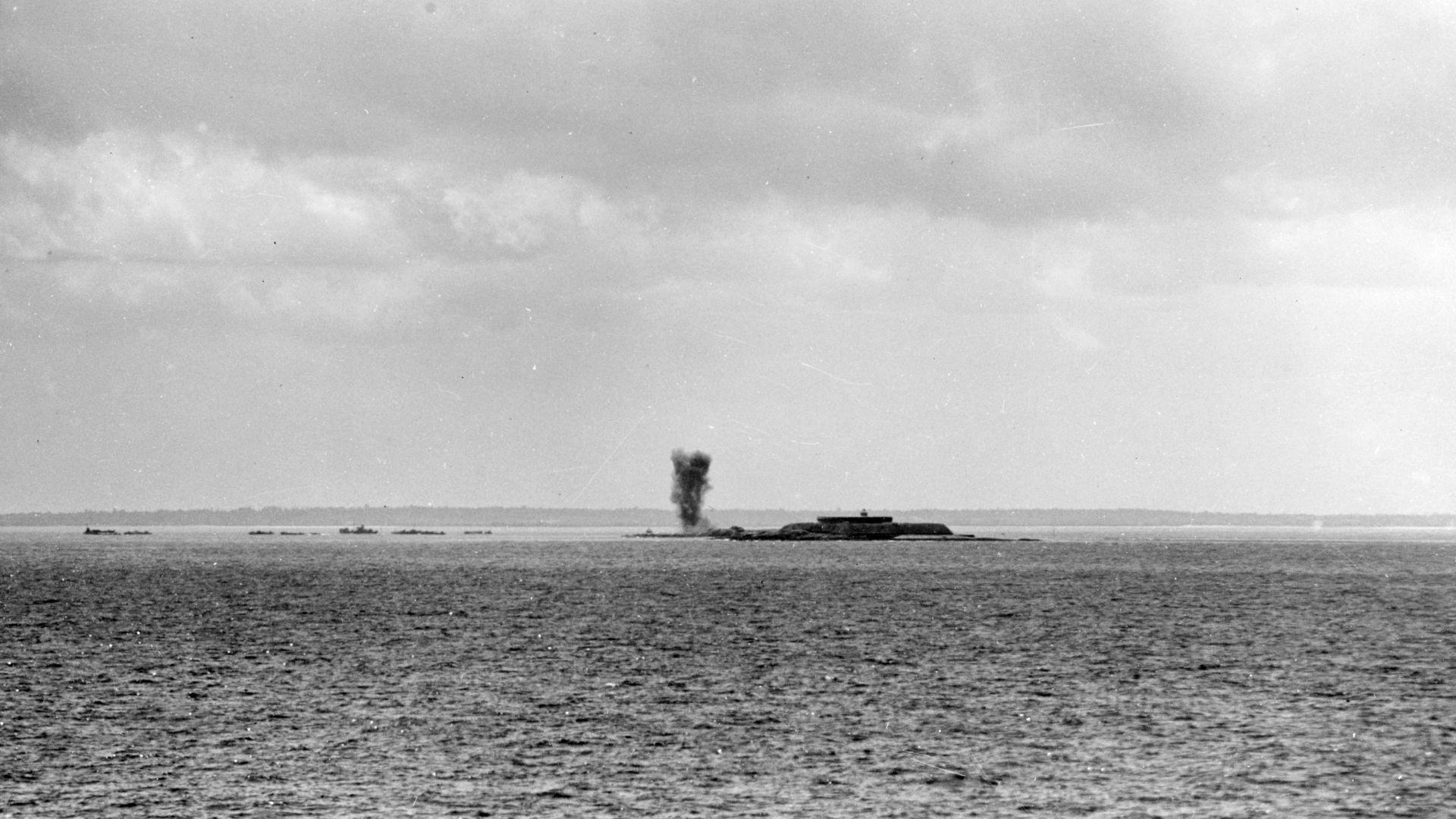
Source: Public Domain/Wikimedia Commons
His humility and dedication are echoed by Adrian Bell, CEO of Blind Veterans UK, who emphasized the crucial roles played by individuals like Harry.
Legacy and Inspiration
Harry Garthwaite’s story serves as an inspiration to many. His bravery, despite his fear of heights, and his dedication to his duty during one of the most critical operations of World War II, highlight the extraordinary contributions of those who served.
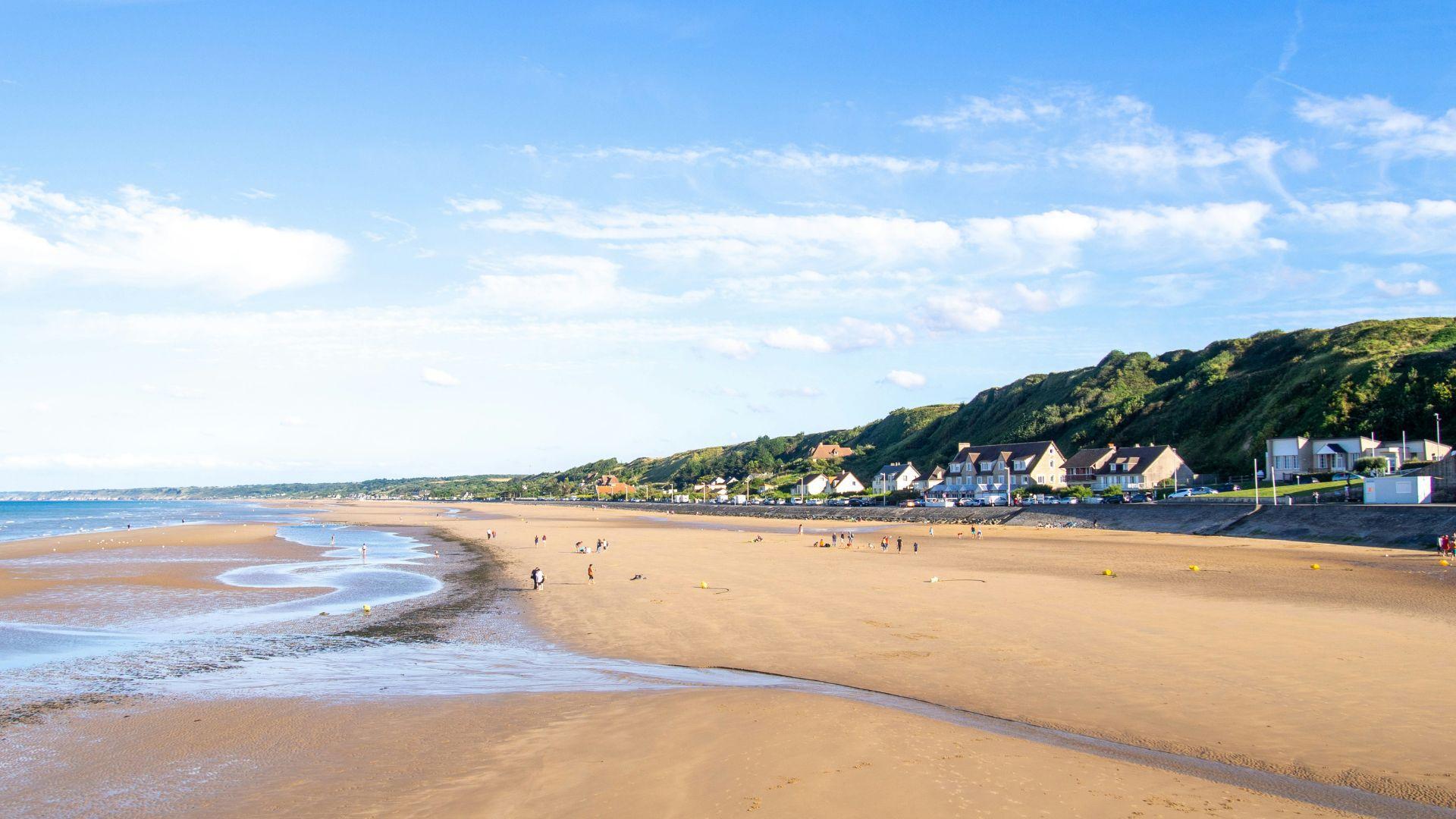
Source: Wim van 't Einde/Unsplash
His legacy continues to be celebrated and remembered.
